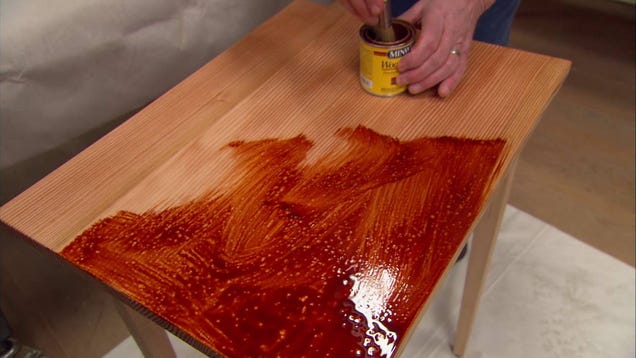best way to sand old wood
Simply move the sander slowly over the surface of the wood in some pattern that covers all areas approximately equally. second, it’s always the best policy to sand out the squigglies by hand after you have progressed to your final sanding grit (for example, #180 or #220), especially if you are applying a stain.. Start by carefully inspecting all the surfaces you will sand—surface decking, edges, stairs, and railings. make sure all fasteners are driven down below the surface of the wood. some very old screws may need to be removed and replaced. if there are any loose boards, now is the time to drive new fasteners to secure them.. The best way to stencil on wood [without bleeding!] says: january 27, 2020 at 2:18 am if you are adding a stencil to a painted sign or painted furniture piece, be sure to sand before the first coat of paint.. best way to sand old wood
Medium and fine grades of sandpaper are generally used in refinishing furniture and antiques. coarse grits (those under #100) damage a fine wood finish. medium grits, such as #120 and #150, are useful for removing old finish or scratches. fine grits, such as #220, are frequently used for a final light sanding just before applying stain to the wood.. Don't get the wood wet, because water will raise the wood grain and create the kind of furring you are trying to eliminate through sanding. apply at least one coat of sealer—whether it's stain, varnish or a clear finish —immediately after sanding to avoid having the freshly sanded wood collect moisture from the air..


Comments
Post a Comment